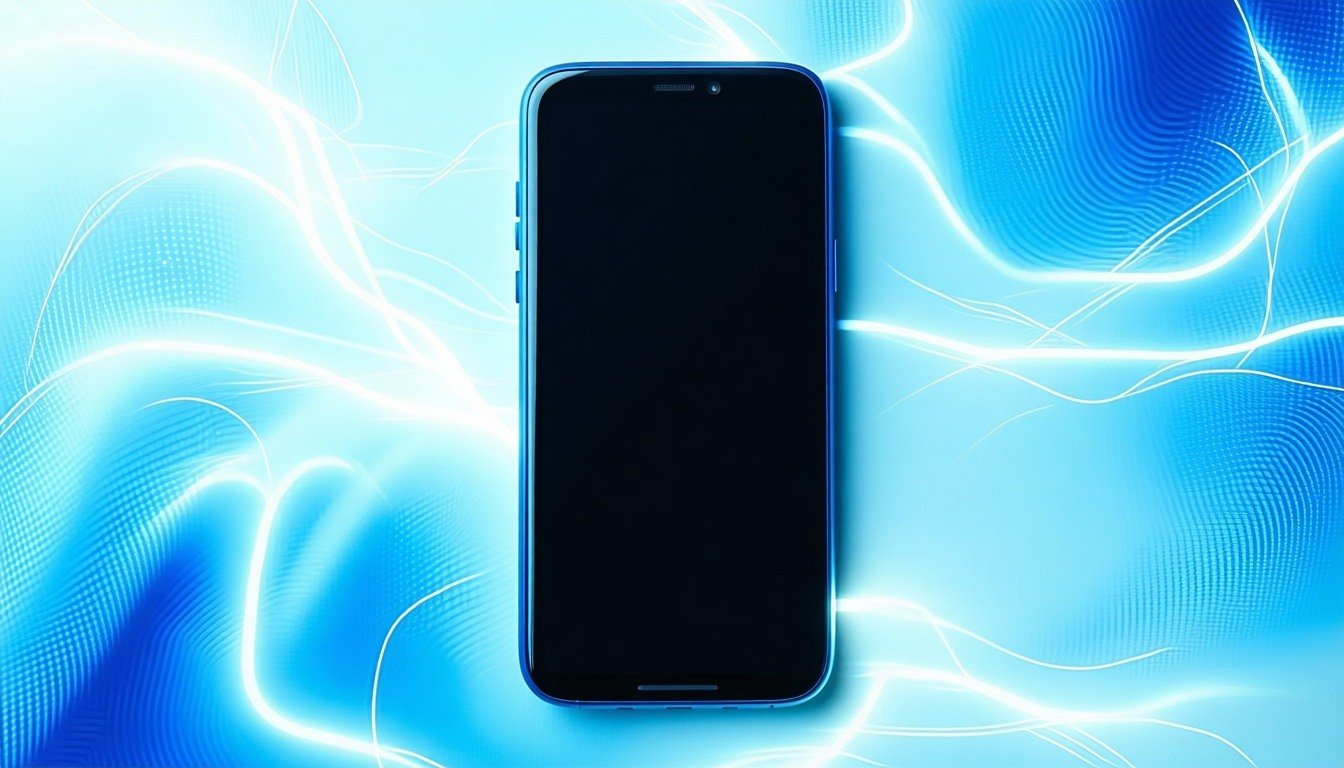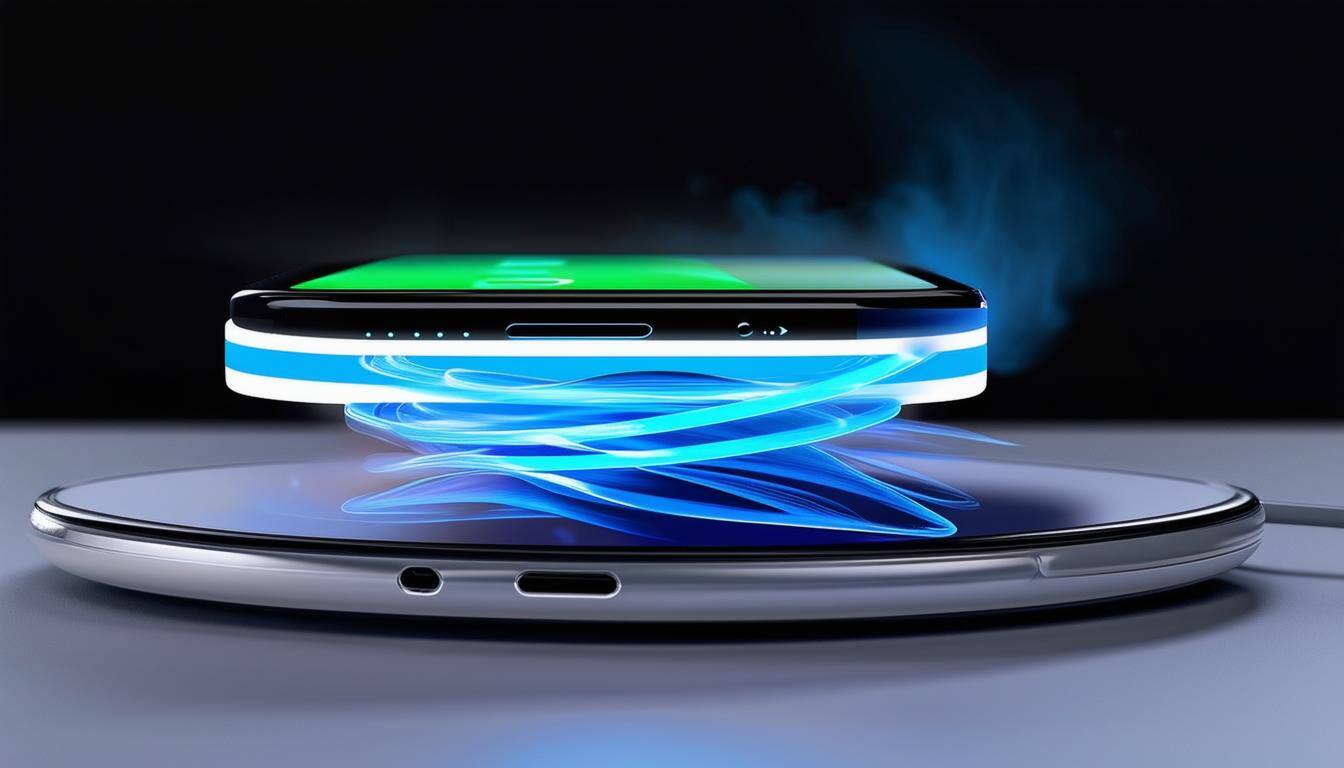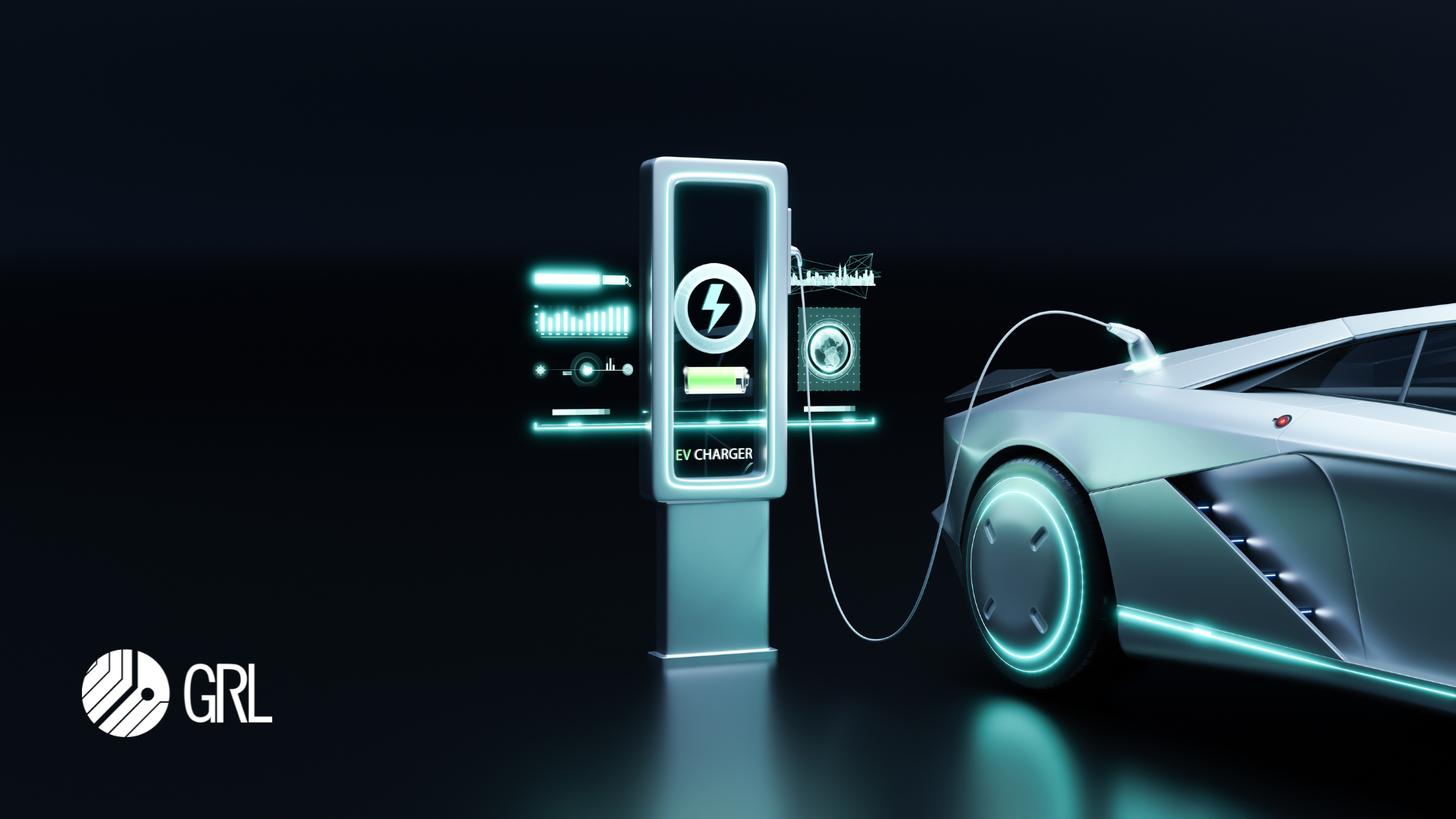Granite River Labs, GRL
Rajaraman V
A faster, safer, and more reliable wireless charging standard is coming soon to smartphones, wireless earbuds, and other devices via the new Qi2 standard. The Magnetic Power Profile (MPP) of Qi2 wireless charging technology's availability to Android smartphone users was first announced by the Wireless Power Consortium (WPC) on January 3 20231 and later confirmed on 19 April 20232 to replace its predecessor Qi standard. Experts estimate that approximately one billion transmitters and receivers could be sold worldwide in 20231.
The move follows mandates by the European Union3 and Indian government4 to standardize USB Type C© charging ports for all mobile phones from 2024 and 2025 respectively. According to market experts, the adoption of wireless charging could help manufacturers abide by the new market ruling while dodging the need for mass charging port revisions.
How does Qi2 wireless charging work?
Qi2 chargers are magnetically secured in optimal positions using a series of magnets to maximize charge transfer. The new Qi2 standard promises to unify all wireless charging devices under the same consumer safety precautions such as heat shielding and foreign object detection, allowing WPC to ensure safety standards and compatibility of Qi2 certified devices regardless of manufacturer, country of origin, version standard, and other factors.
Resolving inefficiencies
Qi2 resolves the problem of inefficiency that has prevented wireless charging from realizing its market potential in the past. The original Qi 1.0 version released in July 20105 delivered just 5 Watts of power via single coil transmitters, coil array transmitters, or moving coil transmitters.
Though later versions have since been pushed out, transference rates still maxed out at around 50-60% according to GRL estimates, even at the most precise manual positionings. Standardization of magnet strength, size, and dimensions under Qi2 creates an MPP that allows energy transfer efficiency to reach levels of up to 85-90%. While the Qi2’s current wireless charging rate of 15W6 is still slower than USB Power delivery based wired charging speed, WPC has mentioned that faster charging versions are next in the pipeline after the confirmation of initial specifications.
Improved sustainability
With sustainability reporting quickly becoming mandated worldwide, Qi wireless charging can help organizations hit their ESG targets by reducing their reliance on materials and equipment. Organizations that phase out wired equipment for wirelessly charged ones can report reduced carbon emissions under the Scope 3 category7, which are emissions produced from materials and equipment needed to run a business.
Warehouse operators, for example, can use up to 50% less equipment to perform the same amount of work with wireless chargers thanks to smaller wireless batteries that last longer and have less moving parts that are prone to wear-and-tear. As demand for environmentally friendly products reaches an all-time high among Gen Z consumers8, wireless charging products are expected to be a popular option that is not only more convenient, but also produces less electronic waste.
Greater device protection and compatibility
The benefits do not stop there. New specifications help protect battery life and mobile devices from sustaining damage at charging rates that would have previously caused harm. Additionally, Qi2 is expected to expand the wireless charging market to include irregularly shaped devices that cannot be charged using current flat-surface-to-flat-surface charging interfaces.
Perhaps the most highly anticipated change that industry experts are looking forward to is Qi2's potential to become just as ubiquitous as USB-C© connectors, all while removing confusion that currently plagues users when it comes to telling different cables apart — such as whether a USB-C© cable supports ThunderboltTM3 or USB 4©. Market watchers suggest that widespread adoption of Qi2 wireless charging could allow for MPP-enabled phone accessories to be interchangeable across phone devices, similar to how iPhone© users can now connect including tripod mounts, smartphone cases, and wallets across multiple devices.
Smartphone wireless charging only the beginning
WPC is working hard to converge the wireless charging market into a new standard of improved efficiency and better usability. Thus far, few proprietary wireless power transfer technologies have managed to surpass the 15W power threshold, but future versions of Qi2 are expected to overcome the hurdles of safety and endurance of transfer.
That said, it’s still early days for the wireless charging industry. The WPC is already working with manufacturers to integrate this new and improved Qi2 for smartphones. Companies involved in the WPC are also working on improving power levels to support wireless power transfer to kitchen equipment, electric cars, computers, industrial applications, and even AR/VR headsets in the near future.
The cordless world beckons.
Become a WPC member and get Qi2 certified at authorized test labs (ATLs)
Up until this point, the wireless charging ecosystem had been confusing for both consumers and retailers that had to differentiate between Qi Certified devices and those that claim to work with Qi but are not actually Qi Certified.
Moving forward, only Qi Certified products are permitted to carry the Qi logo on their products and packaging. QI Certification may also be verified on the Qi Certified Product Database. Retailers who are members of the Wireless Power Consortium will be able to verify their devices with Qi Certification with certainty using approved testing solutions such as the GRL WPC Qi Wireless Charging Base Station Tester or obtain logos by sending their products to test labs authorized by WPC.
Original Qi and new Qi2 logo. Source: WPC
If you’re looking to get a first-mover's advantage in the growing field of wireless charging, get your products certified at any GRL lab near you. With our V1.3x EPP (C3-MPP) receiving recent approval under C3 Qi Wireless Charging, GRL is now one of the few WPC Authorized Test Centres around the globe that provides Qi2 wireless charging test services.
Check out our Knowledge Base for full details on how to prepare your device for Qi certification testing at our labs or with GRL-WP-TPR-C3, and subscribe to our mailing list to receive more updates on the fastest growing industries in engineering.
Updated Jan 3, 2024.
References
- Paul Golden. 03 Jan 2023. New Qi2 Standard for Wireless Devices Ensures Enhanced Consumer Convenience and Efficiency. Business Wire.
- Paul Golden. 19 April 2023. Wireless Power Consortium Approves Release of the Qi2 Standard. Wireless Power Consortium.
- Council of the EU. 24 Oct 2022. Common charger: EU ministers give final approval to one-size-fits-all charging port.
- Pratigya Yadav. 27 Dec 2022. India makes USB Type-C charging must for device makers from March 2025. Business standard.
- Wireless Power Consortium. History of the Qi Specifications.
- Timi Cantisano. 3 Jan 2023. Upcoming Qi2 wireless charging standard will officially bring Apple’s MagSafe tech to Android devices. XDA.
- Resonant Link. 13 Dec 2023. How Wireless Charging Helps Warehouse Operators Meet ESG Goals.
- Greg Petro. 11 Mar 2022. Consumers Demand Sustainable Products and Shopping Formats. Forbes.



